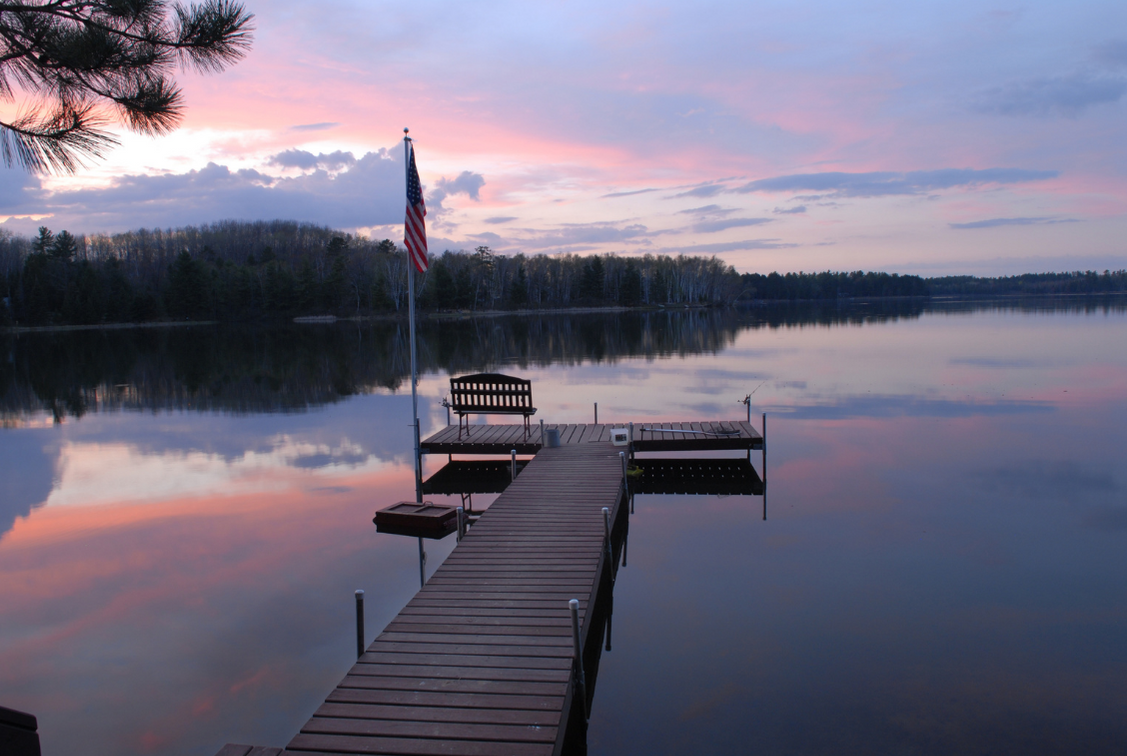In the first two blog posts in this series, I covered how to protect your land up north from long-term care costs and why incorporating an LLC plan might be wise if you plan on leaving the land to multiple people.
In this final post in this series, I’m going to discuss something that I’ve talk about time and again: planning with spendthrift trusts. Let’s go over the basics of this concept again.
Most estate plans I review leave the estate to the beneficiaries outright, meaning that it all comes to the individual beneficiaries in their respective names. They deposit their inherited funds in their own accounts. They title their inherited property in their own names. You get the picture.
That’s typical, but that’s also ignoring an immense benefit you can attach to an inheritance – almost universal protection. That’s what spendthrift trusts can do for your beneficiaries.
What do I mean by almost universal protection? I mean that the inheritance your beneficiary receives would be safeguarded against divorce, lawsuits, creditors, and bankruptcy. That’s protection that obviously does not just happen, and it’s protection that nobody in Wisconsin can create for themselves. But it is protection that a person can give away, and there’s no better time to create and give this protection than with your estate to your family after you pass.
This protection can be utilized to make sure that the family cottage, cabin, hunting land, or what-have-you can stay with the family even if life throws your children some unexpected curveballs after you pass on. I incorporate spendthrift trust planning into my estate plans whenever a beneficiary is expected to receive an inheritance that one would hope would not be blown through in a year or two. So, if you want the family property to stick with your children after you’re gone, it’s the smart move to make sure their inherited shares of the land are placed in spendthrift trusts.
OK, so now we’re at the end, so let’s in brief go over the ultimate estate plan for your land up north.
Step one, you place the land in an LLC. With this LLC, you draft an operating agreement that will set the rules on how the Manager will be chosen, the authorities that Manager will have, the consequences of a member not paying his/her share of the expenses to maintain the property, and rules on how a member can cash out of ownership.
Step two, you create a Medicaid Trust that will be the new centerpiece of your estate plan. In the trust, you will call for the distributions to you beneficiaries to be given in their own spendthrift trusts. This will help ensure that your family’s respective inheritances will be with them for the long haul.
Step three, you place the LLC (which already owns the property) into a Medicaid Trust. You will still be able to use your property however you want. You can even rent out the property (say, on Airbnb or VRBO) and pocket the proceeds. Just remember that you want to place the LLC into the Trust at least five years before you would apply for Medicaid to avoid any Medicaid divestment penalties.
Will this plan work for everybody who owns a second property? Maybe not. As with most things in the law, it depends. But one thing is for sure, you will have to put the work in, and you start by contacting an experienced Elder Law attorney.
To learn more about second property planning or to schedule your free initial appointment, contact me at (920) 221-0320 or By Email.
Protect Your Land Up North (Part Three)

